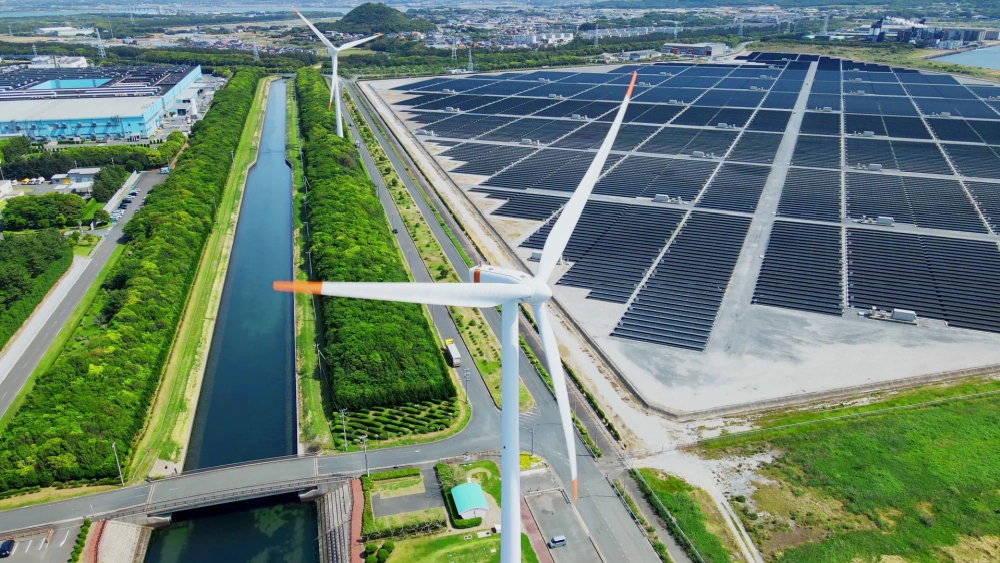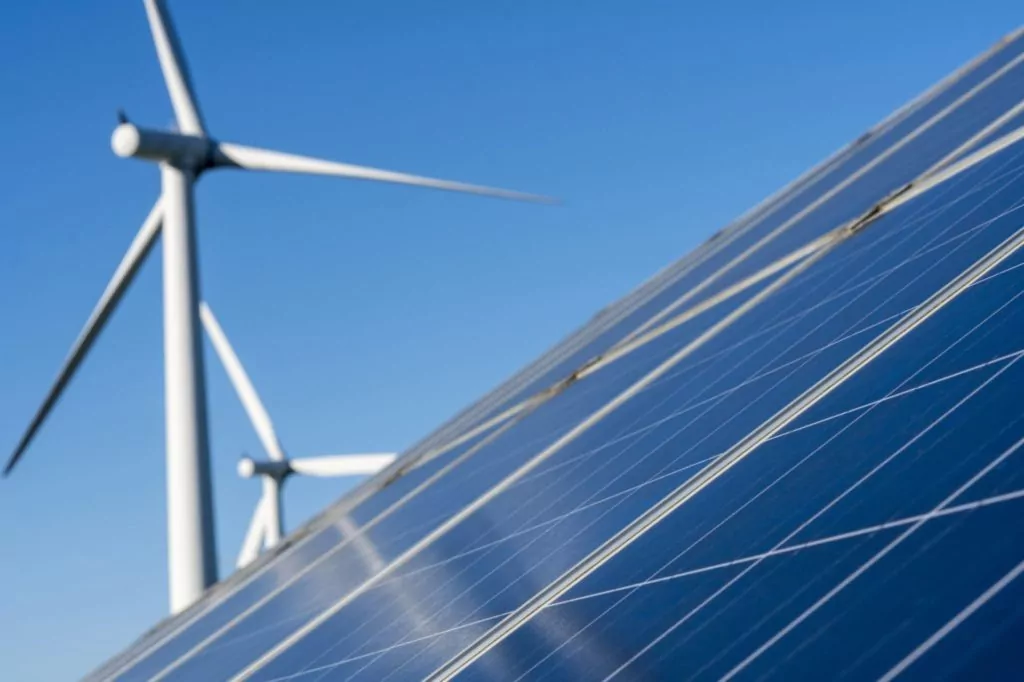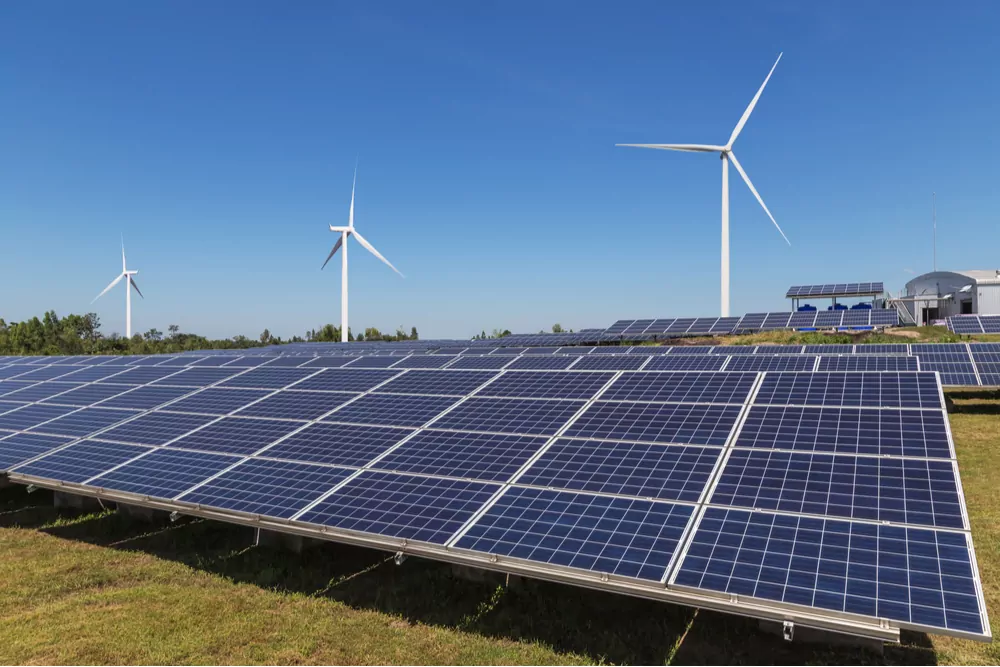
Space-based solar power – the next generation of clean energy supply


Space-based solar power ("SBSP") was hailed as the ideal energy source at Solar & Storage Live this year. On a panel discussion between experts, including representatives from the UK Space Agency and Oxford Space Systems, it was explained that SBSP is abundant, scalable, consistent, flexible and, therefore, a must-have in the future of energy generation. As SBSP offers clean and continuous baseload energy, it complements the renewable energy developments on earth.
The speakers introduced the 2,000 tonnes worth of space kit that would need to be launched into space, consisting of two large reflectors to reflect the solar power into a central power core, with deployable antennae, the role of which is to beam solar energy down to earth-based antennae via microwave beams. The energy power in the beam would be reduced, to ensure the transmission of power is safe to anything in its path. The goal behind SBSP is that the technology can supply consistent solar power anywhere on the globe, all depending on the location of antennae on the ground and the earth's rotation and leaving a limited carbon footprint in the process.
Mamatha Maheshwarappa of the UK Space Agency, which funds space research, provides support and finance for space projects and catalyses investment in the sector, explained how the government commissioned a report in 2021 to investigate the economic feasibility of SBSP entitled "Space based solar power: de-risking the pathway to net zero", the findings of which suggested that these projects could now be economically viable, leading to UK innovators being granted £4.3m in funding to support with their development.
So why has interest in SBSP increased now?
Historically, the launch costs have made the technology a financial impossibility. However, with materials becoming more readily available and knowledge being gained from events such as the SpaceX launches, the cost of launching modules into space is now estimated at around £500 per kilo, which the panel argued represents value for money considering the amount of energy that will be generated as a result.
Foot Anstey is a member of the Space Energy Initiative (the "SEI") which is led by Sam Adlen from the Satellite Applications Catapult and Frazer Nash Consultancy. The initiative aims at helping nations achieve net zero with SBSP and creating new commercial opportunities. The SEI plans to develop SBSP over the next seven years, beginning with small test launches, with the goal of establishing the first orbital demonstrator SBSP system by 2030. By 2040, the aim is to have the first operational system delivering power into the grid. It will then be a case of building up to energy generation at scale in the years that follow.
These are bold goals and there are still challenges to overcome, such as getting this vast infrastructure into space and convincing funders that the pay-off in the long term will make investment worth it, as well as the environmentalist wanting to ensure that SBSP is developed and operated in the most sustainable manner possible. The argument so far has been that the environmental benefits of SBSP once properly established, will easily outweigh the carbon footprint of getting it up and running in the first place.
It is an extremely exciting development and one that is unlikely to go away any time soon. If you would like to get in contact with us around this topic, please contact our Space & Satellite and Clean Energy teams for further information.

































